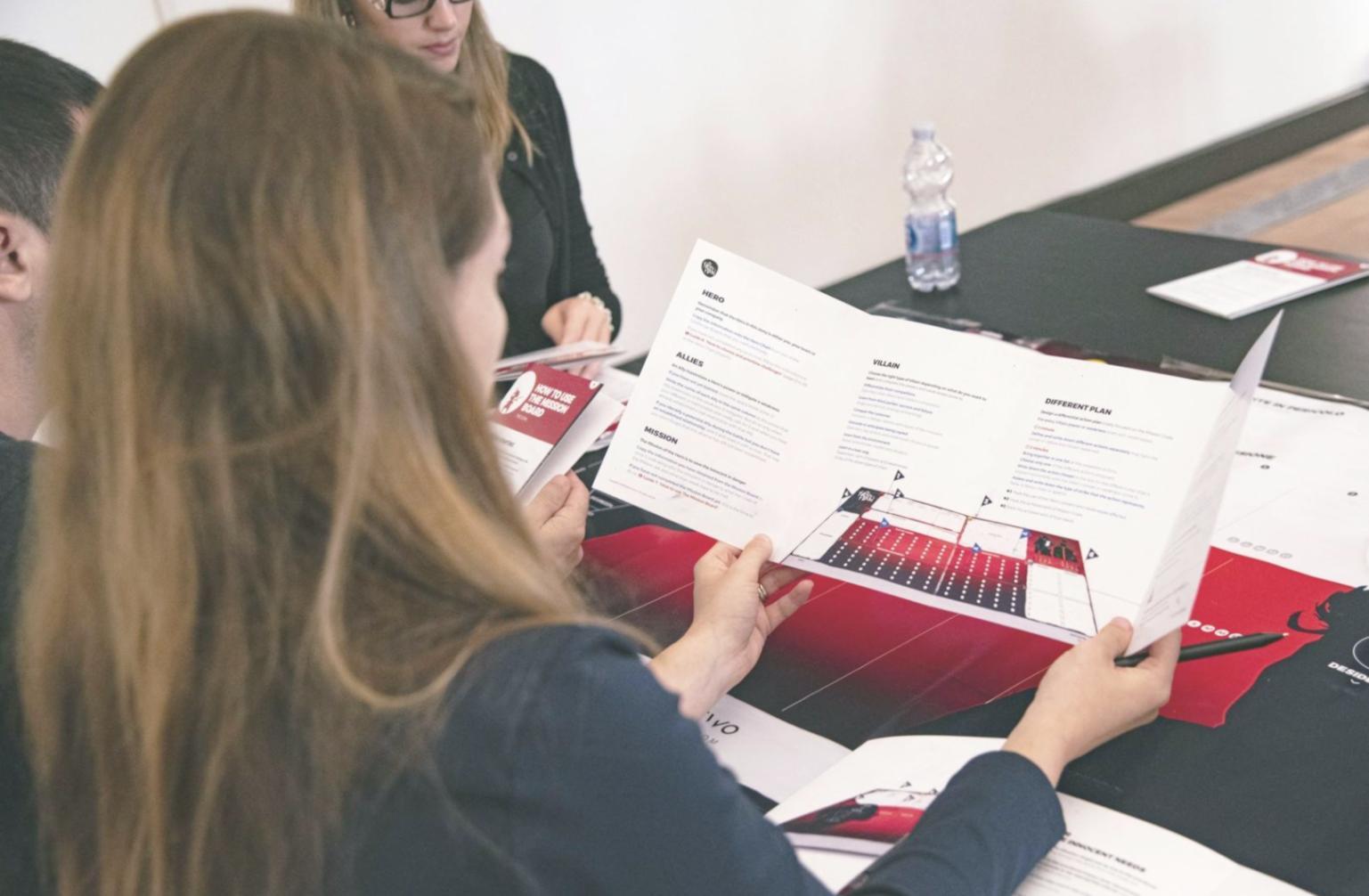How We Teach Financial Valuation
Our approach goes beyond textbook formulas. We bring real market scenarios from Taipei and Hong Kong exchanges into every session, showing you exactly how professionals value companies under actual market conditions.
You won't find generic case studies here. Our instructors have spent years working with Taiwan-based firms, navigating volatility, and making decisions that matter. They know what works when spreadsheets meet reality.

Our Teaching Framework
We built this system after watching too many analysts struggle with valuation methods they learned but couldn't actually apply. Each component addresses a specific gap we've seen in traditional finance education.
Market Context First
Before jumping into DCF models, we start with understanding the business environment. Taiwan's semiconductor sector behaves differently than retail. You'll learn to read industry dynamics before building a single valuation model.
This means analyzing competitors, understanding supply chains, and recognizing when a company's financials tell only part of the story.
Live Data Integration
We pull current market data during sessions. When rates shift or earnings reports drop, we adjust our models together. You see how professionals respond to new information rather than working with sanitized historical examples.
Students work with Bloomberg terminals and Taiwan Stock Exchange data feeds to build this muscle memory.
Assumption Justification
Every growth rate, discount factor, and terminal value gets challenged. We spend significant time on the "why" behind each number. Because in real analyst work, defending your assumptions matters more than the formula itself.
You'll practice presenting valuation rationale the way you would to skeptical investors or demanding portfolio managers.
Comparative Method Mastery
Different situations call for different valuation approaches. We teach you when to use multiples versus discounted cash flow, and how to triangulate between methods to build conviction in your analysis.
Real projects involve valuing the same company three different ways and reconciling the differences.
Error Pattern Recognition
We've collected common valuation mistakes from years of reviewing analyst work. You'll learn to spot circular references, inconsistent growth assumptions, and terminal value errors before they make it into your final model.
This troubleshooting skill separates competent analysts from those who produce unreliable work.
Sector-Specific Adjustments
Tech companies require different approaches than manufacturing firms. We cover industry-specific considerations that textbooks often skip, like how to value intangible assets in software companies or cyclical patterns in commodity businesses.
Students complete specialized modules based on their career focus areas.

Learning With Your Peers
Finance isn't a solo sport. The best analysts we know learned by debating assumptions, reviewing each other's models, and catching mistakes before they became problems.
- Small cohorts of 8-12 participants ensure everyone contributes and gets individual feedback during sessions
- Weekly peer review sessions where you critique valuation models and defend your own analytical choices
- Shared project work on complex valuations that require multiple perspectives to complete accurately
- Access to a network of former students now working at funds, banks, and corporate finance teams across Asia
- Monthly industry speaker sessions connecting you with practitioners facing current market challenges
Measurable Progress Indicators
We track specific milestones throughout the program. These metrics reflect what we've observed with students who've gone through our full curriculum and applied the skills in professional settings.
Average time students spend to perform independent valuations with confidence
Different market segments covered through case analysis and projects
Individual feedback sessions each student receives during the program
Distinct approaches you'll master and know when to apply
Who Teaches These Methods
Our instructors bring direct experience from buy-side and sell-side roles. They've valued IPOs, built models for acquisition targets, and advised on capital allocation decisions. More importantly, they remember what it's like to learn this material for the first time.

Tavish Lindqvist
Lead Valuation InstructorSpent eight years as an equity research analyst covering Taiwan technology companies. Now splits time between consulting for mid-market PE firms and teaching analysts who need practical valuation skills.
Practice-First Philosophy
Tavish structures sessions around building actual models rather than watching demonstrations. Students work through valuation problems with guidance available when they hit roadblocks, not before.
This approach came from his frustration with training programs that showed perfect finished models without revealing the messy iteration process that gets you there.

Elara Bergström
Sector SpecialistWorked in corporate development for manufacturing companies before moving into financial advisory. Brings operational perspective to valuation that most pure finance backgrounds miss.

Interactive Workshop Format
Our typical session runs three hours. First hour covers conceptual framework and common pitfalls. Second hour is guided model building where everyone works on the same company. Final hour involves individual troubleshooting and assumption discussion.
Students leave each session with a completed valuation they can reference later, plus notes on where their approach differed from peers and why those differences matter.